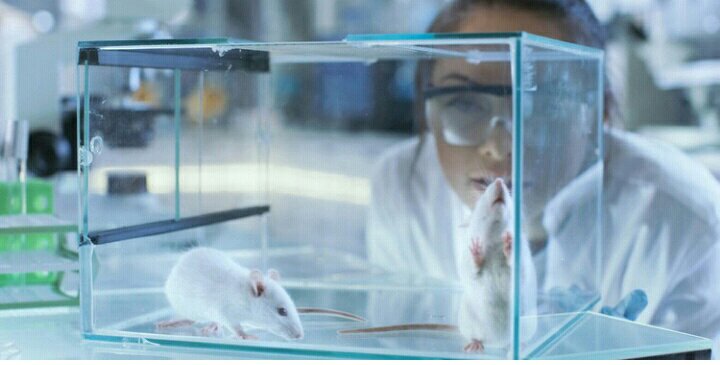Chinese Scientists Control Cyborg Rats By Brain-To-Brain Interface
Jyotis - Feb 07, 2019

The device recorded all signals derived from the human’s brain so that the computer would handle and turn these signals into instructions.
According to a revelation from Chinese researchers, a brain-to-brain interface or BBI has been built to control rats to cross a complicated maze by humans’ minds.

In the past, researchers have leveraged BBIs to manipulate other animals’ activities. The devices could make rats wave their tails, or even control humans’ hands.
However, as per the rats of the Chinese scientists, this is the first time BBI has been deployed to make such a complex navigation task. It is clear that we have taken a big step forward to the systems which can control minds.
This research made by Zhejian University’s scientists was published in a study of the journal Scientific Reports.
In the beginning, they put 04 pairs of micro-electrodes into 02 parts of rats’ brains to create 06 so-called “rat cyborgs.” Next, they taught the rats how to link some movements with electrical stimulations. They used wireless connectivity to control the stimulations, and the pulses transmitted through a small pack the rat cyborgs put on their backs.

In the next step, an electroencephalogram or EEG linked with a computer was placed over the head of a human controller. After that, the device recorded all signals derived from the human’s brain so that the computer would handle and turn these signals into instructions.
With this system, the researchers controlled the rat cyborgs to complete two tests; one is moving through a tunnel, and another is requiring the rats to run through stairs in a complicated maze.
Although using rat cyborgs in search as well as rescue operations were mentioned in the preceding study, this time, the researchers from China have not said any same thing about the technology of the brain-to-brain interface.
The feasibility of this application may be promising; however, Angus McMorland, a biomedical engineer, who was an outsider of this study, feels unsure about it as the most prospective plan.
Featured Stories

Features - Jul 01, 2025
What Are The Fastest Passenger Vehicles Ever Created?

Features - Jun 25, 2025
Japan Hydrogen Breakthrough: Scientists Crack the Clean Energy Code with...

ICT News - Jun 25, 2025
AI Intimidation Tactics: CEOs Turn Flawed Technology Into Employee Fear Machine

Review - Jun 25, 2025
Windows 11 Problems: Is Microsoft's "Best" OS Actually Getting Worse?

Features - Jun 22, 2025
Telegram Founder Pavel Durov Plans to Split $14 Billion Fortune Among 106 Children

ICT News - Jun 22, 2025
Neuralink Telepathy Chip Enables Quadriplegic Rob Greiner to Control Games with...

Features - Jun 21, 2025
This Over $100 Bottle Has Nothing But Fresh Air Inside

Features - Jun 18, 2025
Best Mobile VPN Apps for Gaming 2025: Complete Guide

Features - Jun 18, 2025
A Math Formula Tells Us How Long Everything Will Live

Features - Jun 16, 2025
Comments
Sort by Newest | Popular